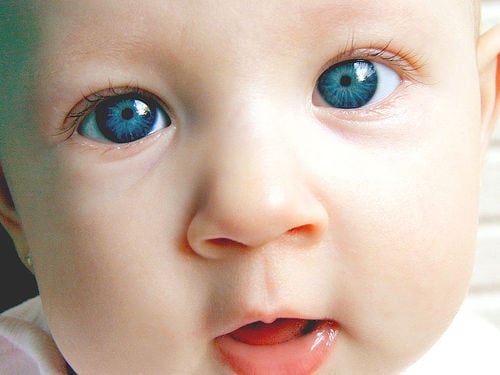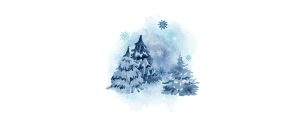Did you know that you could pass gonorrhea, chlamydia, or syphilis to your child’s eyes during birth? Many parents choose to treat their kids with eye drops at the hospital. In fact, most hospitals use prophylactic antibiotic drops to keep infections from developing in the eyes following birth.
Prophylactic antibiotics have been in use since the 1800s. Throughout medical history, we have used antibiotics to protect infants from gonococcal eye infections, neonatal syphilis infection of the eyes, and chlamydia eye infections. Doctors would use silver nitrate and other methods to protect infants from eye infections. However, gonorrhea and syphilis aren’t as prevalent in moms as they once were.
Current Practices
Those that are at risk for passing on an infection to infants’ eyes will likely have erythromycin applied as drops to the baby’s eyes at birth. Some hospitals may use ceftriaxone for certain infections. The CDC’s policy is that all infants receive eye drops at birth, regardless of the method of birth. Babies delivered vaginally and by cesarean section should all receive ocular prophylaxis, according to the CDC.
Mothers who have had little to no prenatal care are at greater risk for passing ON on to their infants. Mothers who have undiagnosed STIs are typically seen by an OBGYN and treated long before birth. The likelihood that an STI gets through unnoticed is very low. However, mothers that haven’t had prenatal care, or at a high risk of sexually transmitted infection are at risk of passing an infection on to their babies. In these cases, eye drops are necessary to prevent disease.
Controversy
Applying medication to the eyes of newborns gives mild eye irritation and hinders sight during some of the important first moments of life. Moms find that this eye treatment interferes with mother-infant bonding. Some studies suggest that babies that bond with their mothers base many of their first impressions on sight. Many mothers would choose to forego the treatment (if you’re healthy and STI-free) and improve initial mother-baby bonding. The procedure is still required by law in most states, though recent studies have suggested that this may not be necessary for all infants.
However, untreated ophthalmia neonatorum can cause blindness. Hospitals and practitioners will not take a chance that an infant does not receive eye drops at birth.
Other Means of Protecting Against Eye Infections at Birth:
- Screen all pregnant women for gonorrhea and chlamydia
- Test unscreened mothers at delivery
- Infants of mothers with gonococcal infections at delivery should receive ceftriaxone
- Follow chlamydia diagnosis closely for signs of infection
- Treatment and follow up for any infections
For more questions or concerns, please visit ghtkids.com, post a comment here, or contact us.




